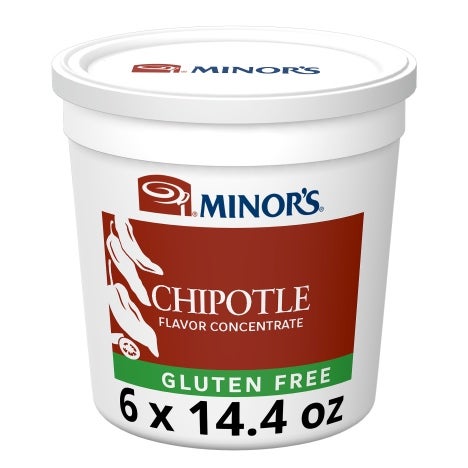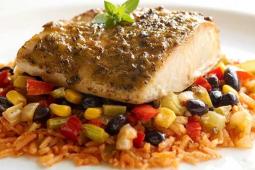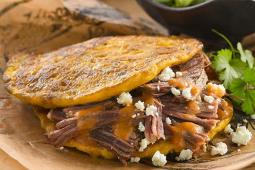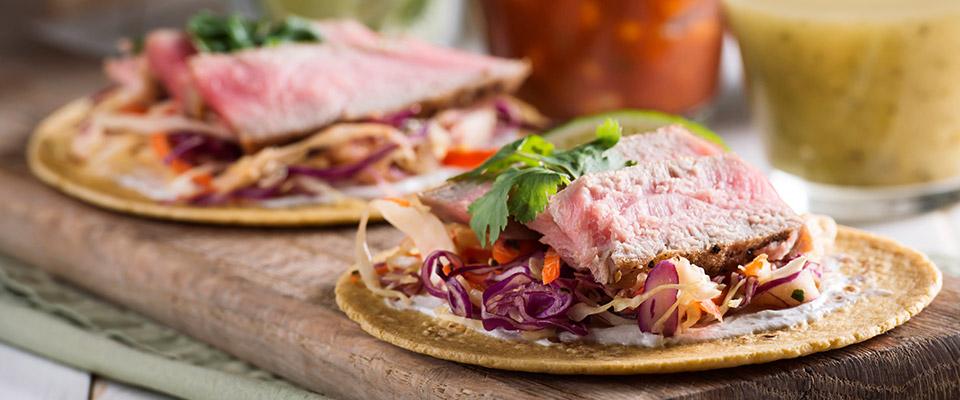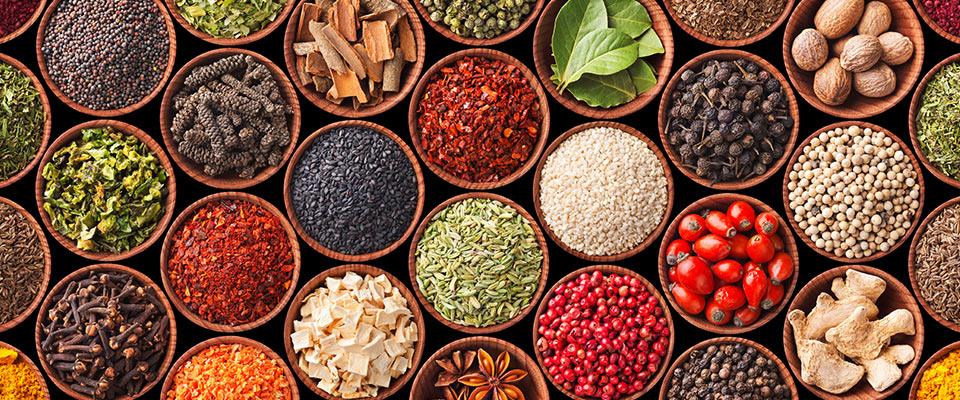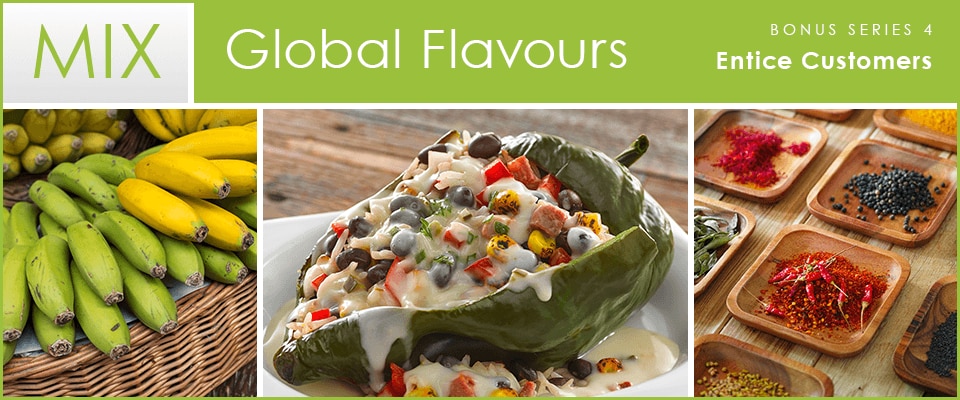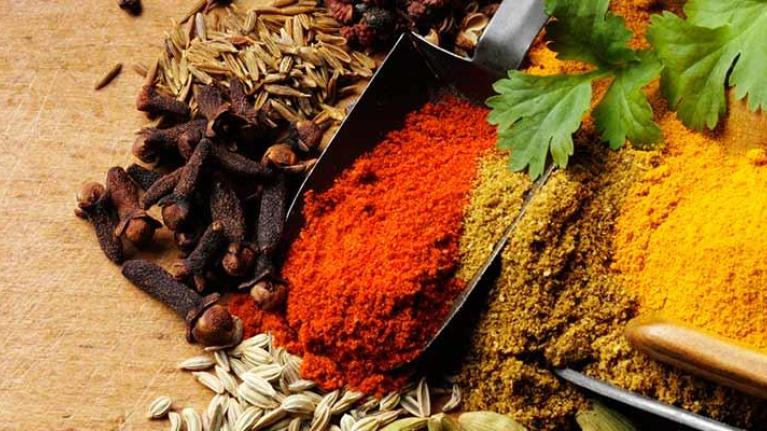
The Spicy Trend Remains Hot
Spicy cuisine continues to sell. But how spicy is spicy? And which kind of peppers, salsas, and sauces should you offer? We have answers to soothe you.
Remember that mythic day two decades ago when salsa overtook ketchup as the condiment of choice? That was only the beginning. Now sriracha seems to be the new salsa. Showing up in everything from potato chips to a new, limited-time Subway sandwich, this piquant Thai chile sauce is only one example of the American taste for spice.
According to Technomic’s 2013 Consumer Flavor Trend Report, 54% of consumers surveyed prefer hot or spicy foods, up from 46% just two years earlier. And a February 2014 SmartBrief poll revealed that nearly 80% of all operator-respondents have added one or more hot/spicy menu items or condiments in response to consumer demand.
Fortunately, there are lots of exciting ways to respond to this flavor-forward trend.
Chiles
Within this broad category of hot peppers there exists a little something for everybody in the way of flavor and heat, from mild Anaheims to incendiary ghost peppers, and hailing from many different places in the world where spicy food prevails. In addition, different peppers can be dried or otherwise preserved to provide a different flavor—for instance, chipotles are dried, smoked jalapeños, and they are also widely available in sauce (“en adobo”) for yet more applications.
The heat of chiles is expressed by the Scoville Heat Scale, which allows for comparison, but it is worth remembering that the actual heat may vary depending on agricultural conditions and other factors.
Did You Know? Owing to availability issues, variations in heat level and safety considerations, it’s a smart idea to use prepared products when using chile products. Minor’s® has many varieties available, including Flavor Concentrates like Chipotle and the new line of Latin-Style Flavor Concentrates.
Mustard
There’s more to mustard than the yellow ballpark variety; this hardworking condiment is increasingly available in all kinds of flavorful versions, from horseradish-infused Creole mustard to sinus-clearing Chinese hot mustard. And since there’s more to spice than simple heat, it’s worth considering mustard varieties like whole grain (which includes the seeds), sweet-hot honey mustard, lively Dijon, imports such as Bavarian or powdered English mustard, and other specialty products.
Prepared Condiments
Anyone’s who’s been to a Southern-style barbecue concept offering an array of prepared hot sauces and condiments knows the appeal and convenience of this growing category. From simple chile oil to exotic harissa and piri piri, there’s a whole world full of interesting spicy condiments to choose from. These can be used in the kitchen of course, but many also make great table condiments that will delight heat- and flavor-seeking guests.
Get Started: The Nestlé Professional family of brands includes many sauces and flavor systems that can be used as is or customized to add excitement to your menu. Options to consider include Chef-mate® ¡Que Bueno!® White Queso Sauce, easy-to-customize Trio® Au Jus and White Sauce, Stouffer’s® Alfredo Parmigiana Sauce, and an array of Minor’s® specialty sauces and concentrates.
Spice Blends
Ras el hanout, togarashi, garam masala. Even the names of these iconic international spice blends sound delicious. Prepared spice blends, either ready-made or concocted in-house, are both flavorful and convenient, and the ethnic ones read like shorthand for their cuisine, especially when you go ahead and highlight them in the menu copy. Jamaican? Choose jerk seasoning. Asian? Add some five spice. Thai Curry? The destination is right in the name, just add a Thai style red curry paste to make an easy flavor destination.
Other Hot Stuff
-
Wasabi
-
Chutneys
-
Peppercorns and pepper mixtures, such as lemon pepper
-
Korean kimchee and gochujang
-
Horseradish
-
Curry pastes and powders
-
Harissa
-
Paprika and pimentón
-
Ginger
-
Sambal Oelek
Tips
-
Try spicy dishes as a special or limited-time offer before committing to adding them to the menu.
-
Make bottled and jarred condiments available to customers so they can add their own.
-
Make it clear on menus, or with server commentary, when a dish is quite spicy.
-
Act like a Thai restaurant and offer the option of various spice levels (by rating them one to five).
-
Experiment with different chile peppers—hot, dried, and prepared—to find the flavor profile and heat level you’re looking for.
-
Remember that there’s more to spice than simply adding heat, as this article on “right-spicing” makes clear.
